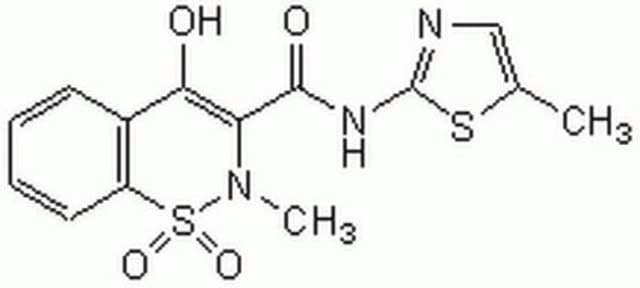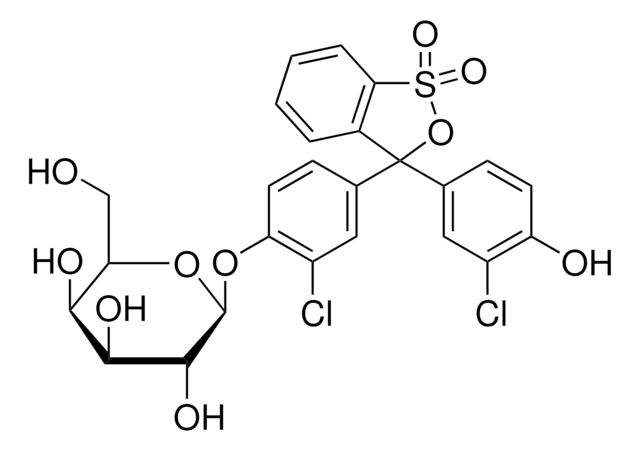08569
2-Amino-2-methyl-1,3-propanediol
BioUltra, ≥99.5% (NT)
Synonyme(s) :
AMPD, Ammediol
About This Item
Produits recommandés
Densité de vapeur
3.63 (vs air)
Niveau de qualité
Pression de vapeur
~10 mmHg ( 152 °C)
Gamme de produits
BioUltra
Pureté
≥99.5% (NT)
Forme
crystalline
Impuretés
insoluble matter, passes filter test
pH
10.5-11.5 (25 °C, 1 M in H2O)
Plage de pH utile
7.8-9.7
pKa (25 °C)
8.8
Point d'ébullition
151 °C/10 mmHg (lit.)
Pf
100-110 °C (lit.)
Solubilité
H2O: 1 M at 20 °C, clear, colorless
Traces d'anions
carbonate (CO32-): ≤1000 mg/kg
chloride (Cl-): ≤50 mg/kg
sulfate (SO42-): ≤50 mg/kg
Traces de cations
Al: ≤5 mg/kg
As: ≤0.1 mg/kg
Ba: ≤5 mg/kg
Bi: ≤5 mg/kg
Ca: ≤10 mg/kg
Cd: ≤5 mg/kg
Co: ≤5 mg/kg
Cr: ≤5 mg/kg
Cu: ≤5 mg/kg
Fe: ≤5 mg/kg
K: ≤50 mg/kg
Li: ≤5 mg/kg
Mg: ≤5 mg/kg
Mn: ≤5 mg/kg
Mo: ≤5 mg/kg
Na: ≤50 mg/kg
Ni: ≤5 mg/kg
Pb: ≤5 mg/kg
Sr: ≤5 mg/kg
Zn: ≤5 mg/kg
λ
1 M in H2O
Absorption UV
λ: 260 nm Amax: 0.05
λ: 280 nm Amax: 0.03
Chaîne SMILES
CC(N)(CO)CO
InChI
1S/C4H11NO2/c1-4(5,2-6)3-7/h6-7H,2-3,5H2,1H3
Clé InChI
UXFQFBNBSPQBJW-UHFFFAOYSA-N
Vous recherchez des produits similaires ? Visite Guide de comparaison des produits
Application
Mention d'avertissement
Warning
Mentions de danger
Conseils de prudence
Classification des risques
Eye Irrit. 2 - Skin Irrit. 2
Code de la classe de stockage
11 - Combustible Solids
Classe de danger pour l'eau (WGK)
WGK 1
Point d'éclair (°F)
>212.0 °F
Point d'éclair (°C)
> 100 °C
Équipement de protection individuelle
dust mask type N95 (US), Eyeshields, Gloves
Choose from one of the most recent versions:
Déjà en possession de ce produit ?
Retrouvez la documentation relative aux produits que vous avez récemment achetés dans la Bibliothèque de documents.
Notre équipe de scientifiques dispose d'une expérience dans tous les secteurs de la recherche, notamment en sciences de la vie, science des matériaux, synthèse chimique, chromatographie, analyse et dans de nombreux autres domaines..
Contacter notre Service technique









